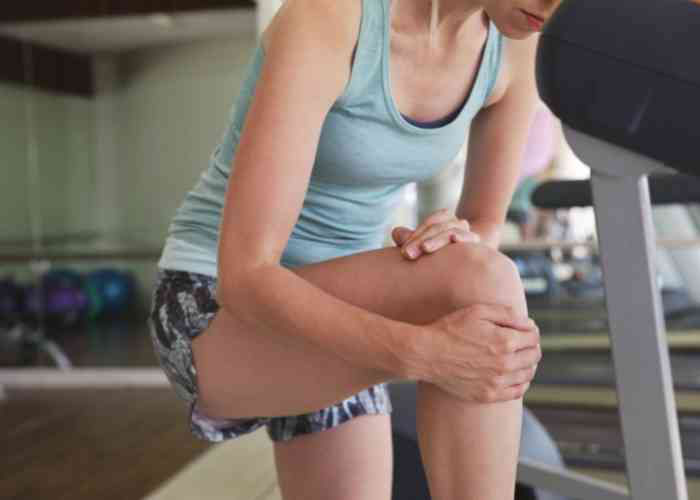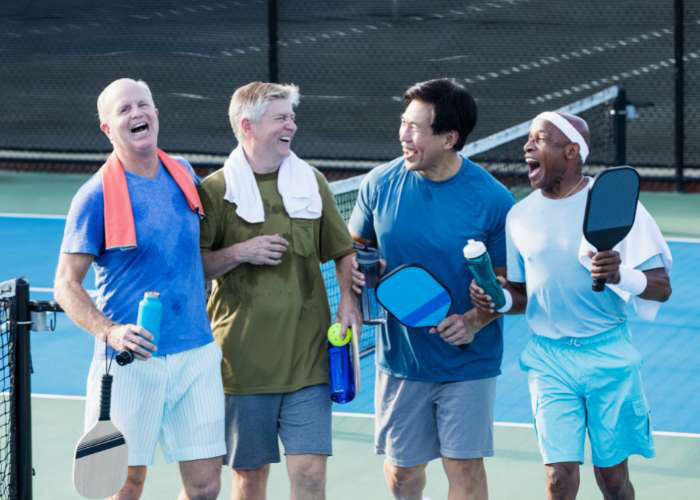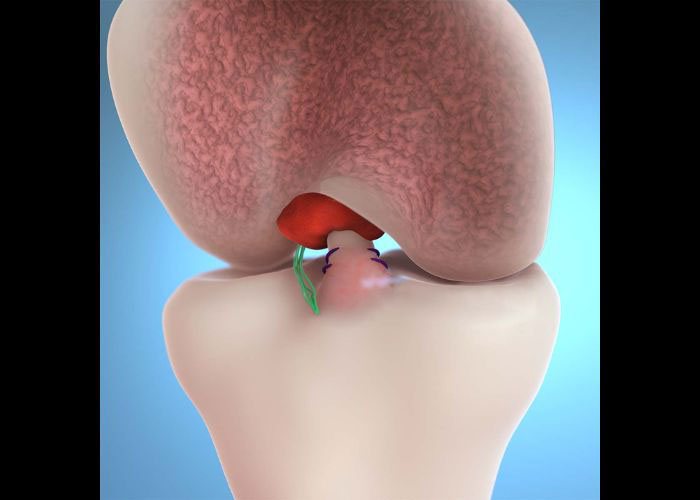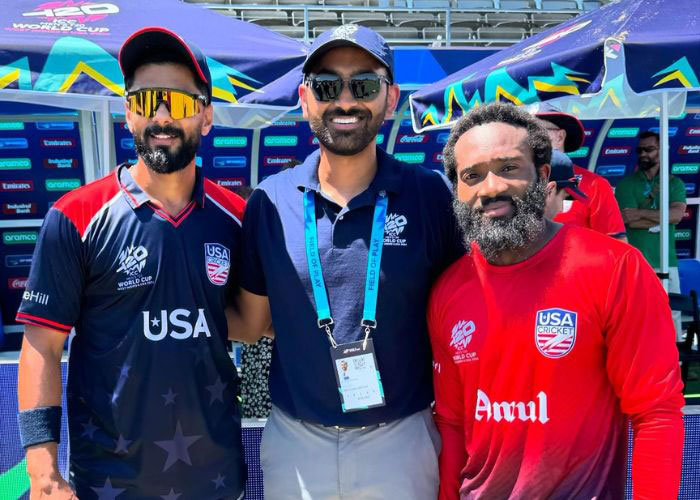What is a labral tear in the shoulder?
Within the glenohumeral joint, the joint formed by the head of the humerus (upper arm bone) and the glenoid socket of the scapula (shoulder blade), is a thick and fibrous ring of cartilage known as the labrum. This cartilage surrounds the glenoid socket by attaching anteriorly (front) and posteriorly (back). The labrum reinforces the muscles and tendons of the rotator cuff and provides an attachment site for a number of shoulder ligaments as well as the biceps tendon. This cartilage ring can be damaged in a number of different ways; therefore, it is important to seek medical attention from an orthopedic shoulder specialist for proper treatment. A shoulder dislocation can cause the labrum to be completely severed from its attachment points within the glenoid socket. The biceps tendon can be partially or completely severed from its attachment site on the labrum and subsequently causing a labral tear. Lastly, older populations may experience a tear within the latticework structure of the densely fibrous connective tissue, causing the cartilage to unravel. Dr. Ronak Mukesh Patel, orthopedic shoulder specialist serving patients in Sugar Land, Pearland, and the Houston, Texas area, has the knowledge and understanding as well as substantial experience in treating patients who have experienced a labral tear.
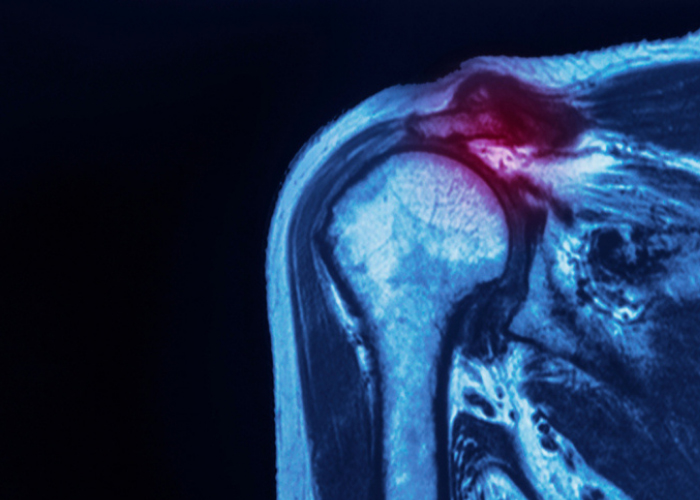
What is a SLAP tear in the shoulder?
The biceps tendon attaches to the superior (top portion) end of the shoulder labrum. This attachment site and the anchoring points of the labrum cartilage can be affected in the event of a shoulder injury. This condition is known as a Superior Labrum Anterior and Posterior (SLAP) tear. Athletes that perform repetitive overhead motions, like those seen in tennis, cricket, weightlifting, and swimming, are the most susceptible population to experience a SLAP tear. A SLAP tear can also result from a high-impact blunt force trauma directly to the shoulder such as a motor vehicle collision, catching a heavy object, or bracing a fall onto an outstretched arm.
What are the symptoms of a labral or SLAP tear?
Proper medical care and guidance from an orthopedic shoulder specialist is important as many symptoms of a labral or SLAP tear overlap a number of other shoulder conditions. The most common complaint of a labral or SLAP tear is shoulder pain that worsens with overhead shoulder movements or lifting heavy objects. Other symptoms of a labral or SLAP tear can include:
- Decreased range of motion and shoulder strength
- Shoulder instability or looseness
- Dislocated shoulder
- A popping, clicking, or grinding sensation within the shoulder joint
How are labral and SLAP tears diagnosed?
A complete medical history will be gathered by Dr. Patel to include the precipitating injury and any other shoulder conditions. A thorough physical examination will then be performed involving an assessment of the affected shoulder’s stability, strength, and range of motion. Diagnostic imaging is important in confirming a suspected labral or SLAP tear. X-rays can identify if any bone-related injuries, such as a dislocation or fracture, resulted from the shoulder injury. Magnetic resonance imaging (MRI) confirms the location of the soft-tissue damage and can identify damage to any of the other shoulder structures. Dr. Patel may also request an arthrogram, an imaging technique that uses dye injected into the shoulder joint to assess for any possible damage.
What is the treatment for a labral or SLAP tear?
Non-surgical treatment:
Patients with a confirmed mild labral or SLAP tear often respond well to non-surgical therapies. A combination of rest and ice precautions as well as non-steroidal anti-inflammatory medications (NSAIDs) are encouraged for pain and inflammation management. Once the pain and inflammation are well-controlled, Dr. Patel will prescribe a physical rehabilitation program that focuses on strengthening the shoulder and improving range of motion.
Surgical treatment:
For patients that suffered a severe labral or SLAP tear, or in the event of unsuccessful non-operative treatment, a shoulder arthroscopy may be recommended by Dr. Patel. This surgical procedure introduces a small camera (arthroscope) to visualize the muscles, ligaments, and tendons of the shoulder joint. This arthroscope provides a minimally invasive technique for Dr. Patel to determine which of the following procedures is the best repair option:
- Debridement: This procedure employs special surgical instruments to excise and remove the frayed or torn fragments of the labrum. The simplest approach for treatment is often reserved for patients with small labral tears that do not involve the biceps tendon.
- SLAP repair: Younger patients with symptoms of a SLAP tear and who desire to remain physically active will undergo this procedure. This routine surgical technique fastens the torn labrum to its correct anatomical position with special surgical anchors that are secured within the bone.
- Biceps tenodesis: Dr. Patel will elect this surgical approach for patients with severe SLAP tears that involve the biceps tendon. In this procedure, the damaged fragments of the biceps tendon are excised and removed. The remaining tendon is then separated from its labral attachment site, known as a tenotomy, and secured in place on the humerus with special surgical anchors.
Shoulder Specialist

Do you participate in activities that require frequent, repetitive overhead motions such as swimming, weightlifting, or tennis? If so, you may be at an increased risk of developing a labral or SLAP tear in the shoulder. This condition can cause a reduced range of motion and feelings of shoulder instability. Complex shoulder specialist Doctor Ronak Mukesh Patel provides diagnosis and treatment plans for patients in Houston, Sugar Land, and Pearland, TX experiencing shoulder pain or instability. Contact Dr. Patel’s team today!

